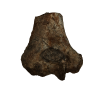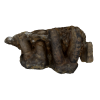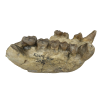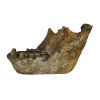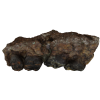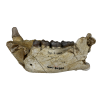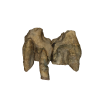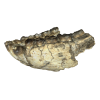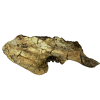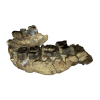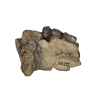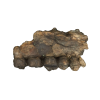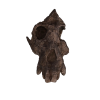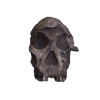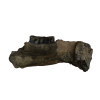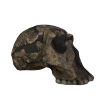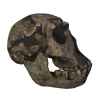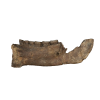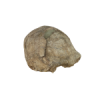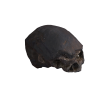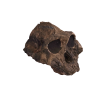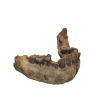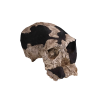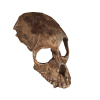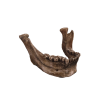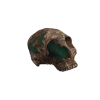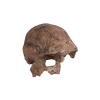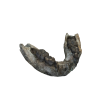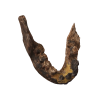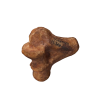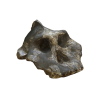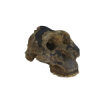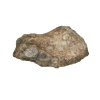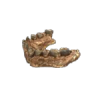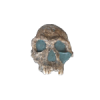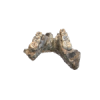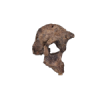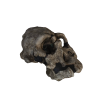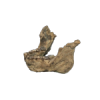In 1984, after the excitement of the field season at Nariokotome with the discovery of the Turkana Boy, Kamoya Kimeu and the fossil hunting team stopped at some exposures close to the road between Lodwar and Kalokol on their way back to Nairobi. Richard had asked them to spend a few days at these exposures through which the main road passes, to check if they contained fossils. For several years they had spoken of stopping at this spot, named Kalodirr, but they had always found themselves too short of time to do this. In the few days of searching, they found several mammalian fossils and were thrilled to recover this skull of Turkanapithecus kalakolensis, belonging to a Miocene ape, dated at 17 million years. Numerous other species of apes are known from Kenya’s Miocene deposits including Afropithecus turkanensis from Buluk and Kalodirr in northern Kenya, and Proconsul hesloni from Rusinga Island, western Kenya. During the early Miocene there was an extraordinary diversity of primitive ape species but these were restricted to Africa. Apes first appear in Eurasia in the Middle Miocene about 16 million years ago.
|
Turkanapithecus kalakolensis
KNMWK 16950 Age approx. 17.00 Million Years
Digital Capture: Photogrammetry 0 Comments Order: Primates Family: Proconsulidae Tribe: Unknown Genus: Turkanapithecus Species: kalakolensis Element: Cranium Locality: Kalodirr, West Turkana Year of Discovery: 1984 Other Fossils to View |



